My earliest memories of my first camera used flash cubes and 110 film cartridges. I then graduated to the Polaroid One Step camera which with a few waves in the air (like you just don’t care) the image magically appeared. For a grade schooler in the 1970’s, this was so cool. When I was in high school, I got a film camera and took darkroom classes to develop the black and white film. I was hooked on photography and back then you shot photos of your friends, family and special events. I was reminded of how powerful photography can be as it records our time and experience in the world when my film club screened a new documentary release, Finding Vivian Maier, about a Chicago street photographer. I would then attend a National Geographic Traveler Photography Seminar for Safari Photo Tips and other Nature Photography tips. Each event energized me with the possibilities of the medium. I learned so many safari photo tips and general nature photo tips that I get to play with now.

I enrolled in a 1/2 day National Geographic Traveler Photography Seminar which was held in Philadelphia at a cost of $90. My session was entitled “The Art of Nature Photography” presented by Eddie Soloway. It was lecture of photo tips, examples and definitely not hands on given that there were over 200 attendees. The four hour seminar was broken into different sessions with a handout of highlights and references. Nature photography with the varying light, textures, depths, colors, etc. can be a lifetime of challenge and discovery and I was hoping for a bit of new insight.

While everyone needs to discover their own view, what made me smile was the session “How Come Mine Don’t Look Like That?” as I recalled the presentation at TBEX last year by Trey Radcliffe of Stuck in Customs. Trey’s HDR photography is one continual OMG! WOW! Both Trey and Eddie run photo workshops during the year for more hands on work, I’d love to be a student in those classes. Eddie shared his photo tips while showing examples of his work to demonstrate the point. His work also gets a WOW! His photos really gave me hope that all the crazy things I do and see has some value. I learned a few new ideas and it was encouraging to know that I was already doing a few of his suggestions already as I continue to experiment. My interpretations of a few of his photo tips using some of my favorite photos from my African safaris are above and below.

My Photo History
When I started to travel, I carried both color and black/white film in speeds such as 100 and 400 and with a maximum of 36 photos per roll. I had to be a bit deliberate with what I was taking a photo of since I was limited and hoped that it was good when I got home and waited a few days for the photos to be developed. I wanted it to be perfect. Not to sound THAT old, but I continue to be astounded by how much photography has changed with the digital camera and smartphone.

Everyone can be a photographer and share their slice of life around the world instantly on social media. My 11 year old niece proudly exclaims she has more Instagram follows than her Aunt Sue (if you’d like to help me beat her numbers, follow me on Instagram – shameful I know). Her feed allows me to see all the cool new clothes she likes, her pet cats and a bit too much One Direction. At her age, I was playing outside, ignorant to the world around me, now she takes photos of everything but I wonder if she stops to appreciate and experience it. I now take photos of everything as well, documenting my life and the world around me. With the hope of elevating my photography skills, I am always cognizant that I need to put the camera(s) down to use all of my senses to capture the experience for just me.

Digital has certainly changed how I travel and shoot photos – whereas I was limited to the ten canisters of film I traveled with (360 pictures), I now take thousands of photos on a longer trip, hoping to find a few gems. Gone is the worry of running out of film but also gone is the deliberate photo. I’ve had leeway to experiment along the way and am always seeking to learn more.
Safari Photo Tip #1 – Reveal part of your subject
The paw of the leopard laying on the ground seemingly docile. If I were to pull back this photo you would first see the beautiful leopard and to pull back further she is laying in front of a tree. Even further, you would see that she is guarding the impala that she killed and hung in her tree above her head. The paw doesn’t show this but seeing the dead animal above doesn’t quite make a nice photo either. Just an example of revealing a part of the photo as well as all of the other photos this could be.

Safari Photo Tip #2 – Photograph Outside of your Genre
I rarely take photos of people but there are exception as I continue to change my perspective and try to layer the photos that I set up, trying to tell a story about a moment in time. The background is Table Mountain and there was a bit too much of blue sky so I moved the camera to find my shot which included the couple.

Safari Photo Tip #3 – Change your Perspective
In the Okavango Delta, I was in a mokoro boat at the level of the reeds for my photos. How different would these be if I stood up or lied down? The guide’s view is much different from the passenger.

Safari Photo Tip #4 – Photograph through natural (found) filters or use selective focus
For this lioness, it would have been easy to just focus on her but I chose to focus on the grass instead creating what I feel is a bit of danger. What do you see?

Safari Photo Tip #5 – Anticipate the Moment
I had to wait a bit for the giraffe to bend over like this. It was worth the wait as it was amazing to see. Sometimes you need to slow down and wait for the photo to present itself to you.

Safari Photo Tip #6 – Play with Light
I love this giraffe shadowed as I shot into the sun (generally a no, no) but the outline is enough for you to know it’s a giraffe.

Safari Photo Tips – Final Thoughts
I loved that Eddie said “Be a detective of cool things” it made me realize that we need to channel our inner toddler experiencing things for the first time without boundaries. How many cool things have you discovered when you stood still for a moment and listened, looked and felt the experience? How did you choose to capture the moment?
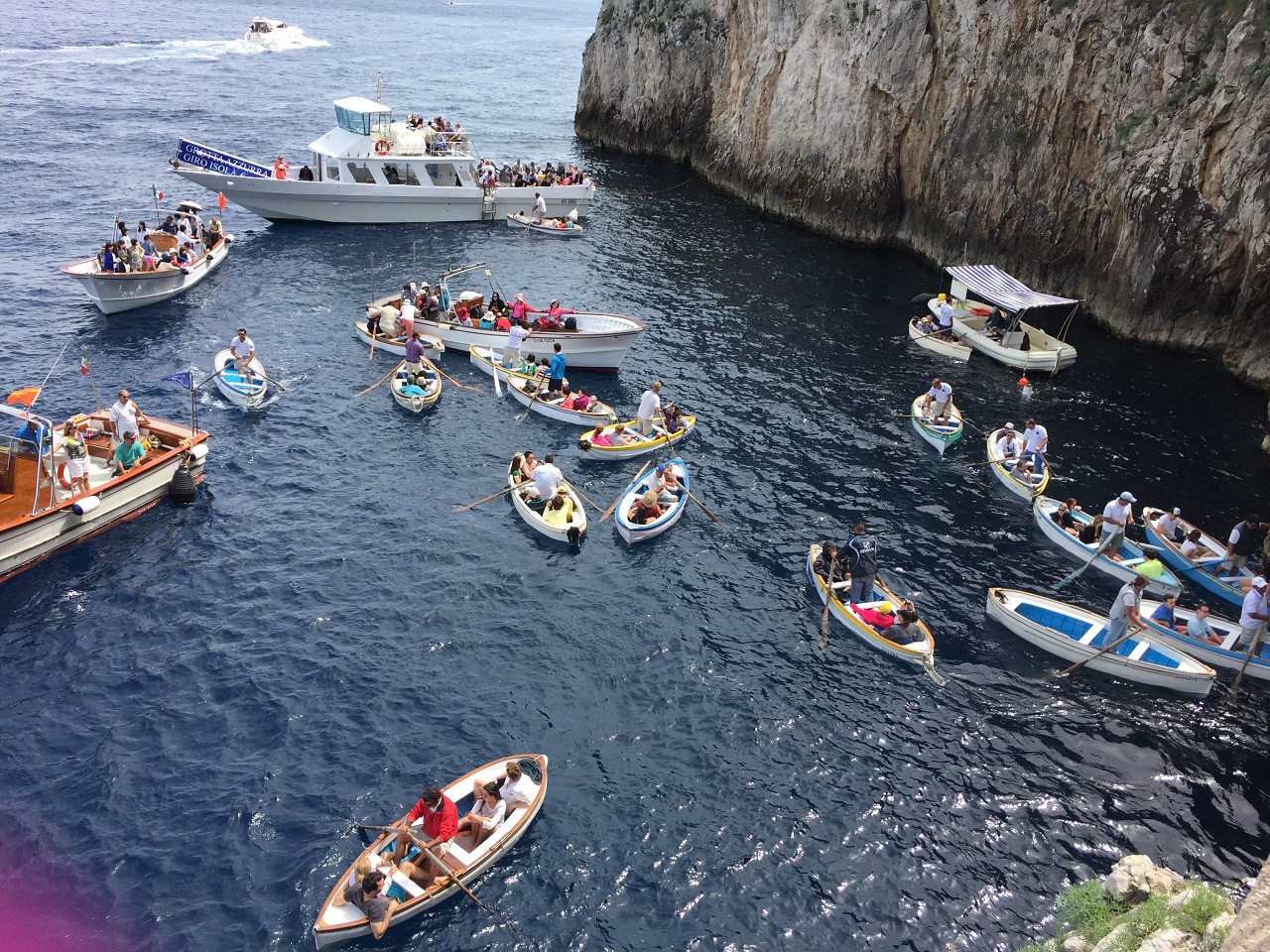
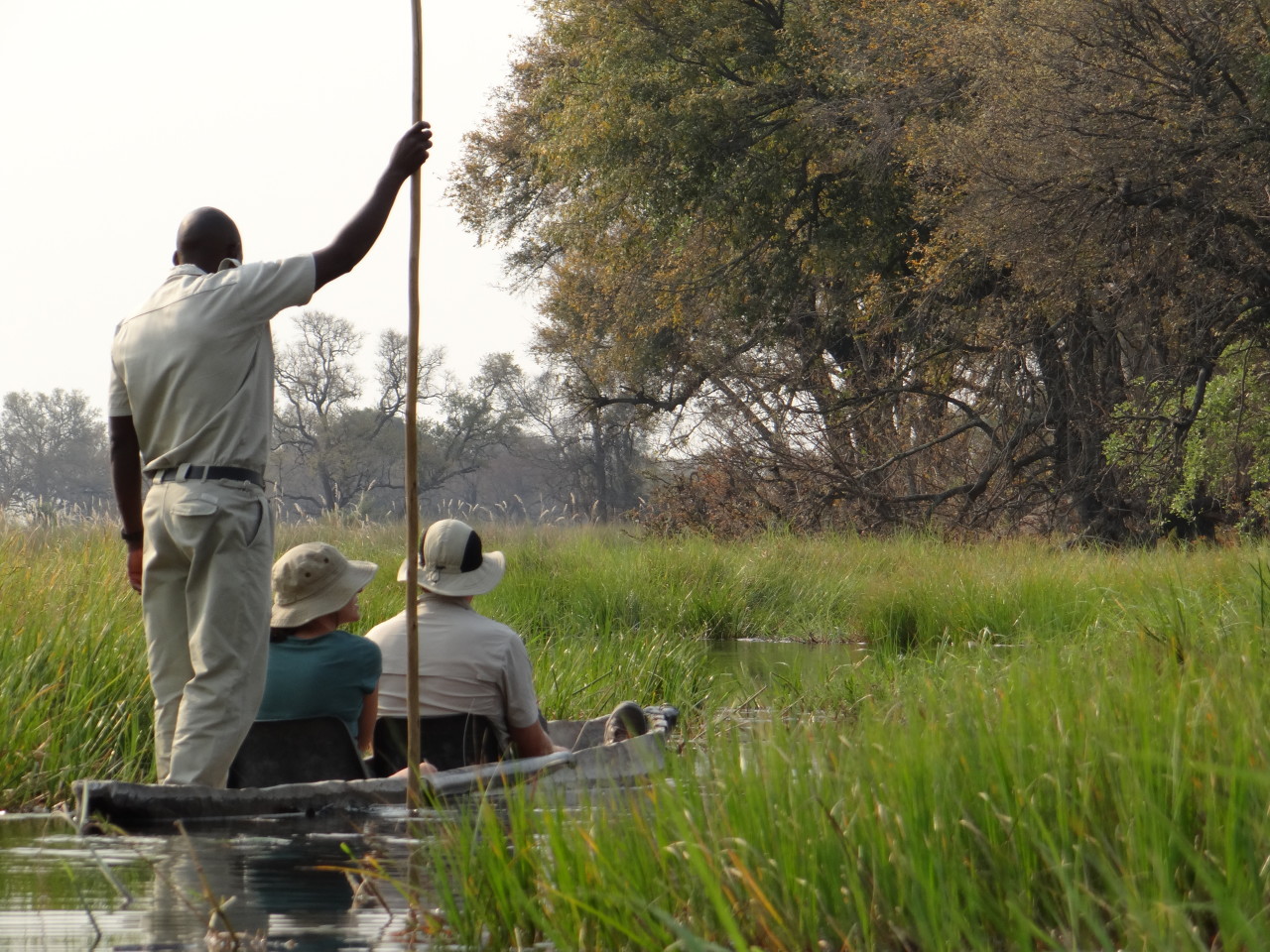
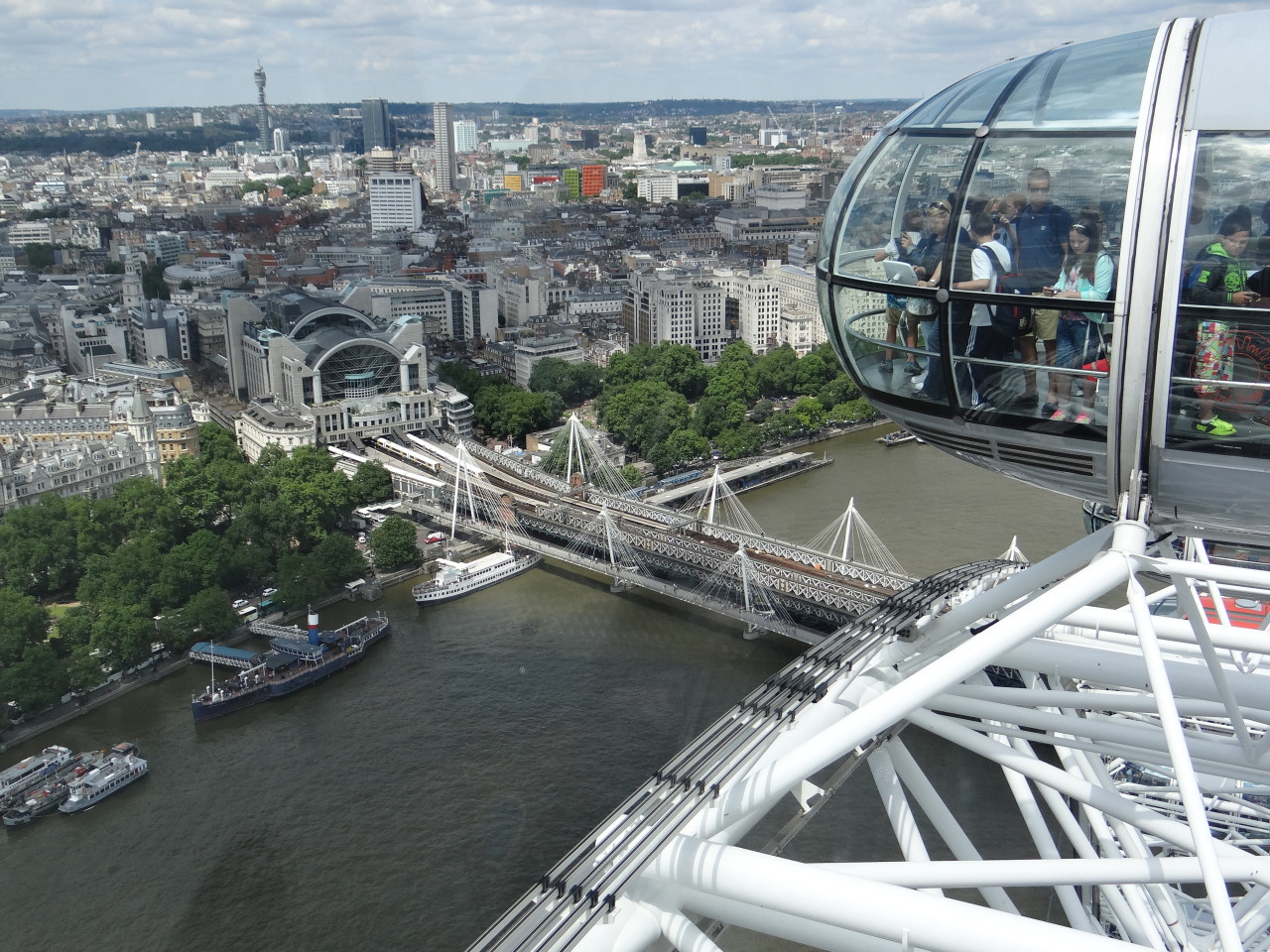
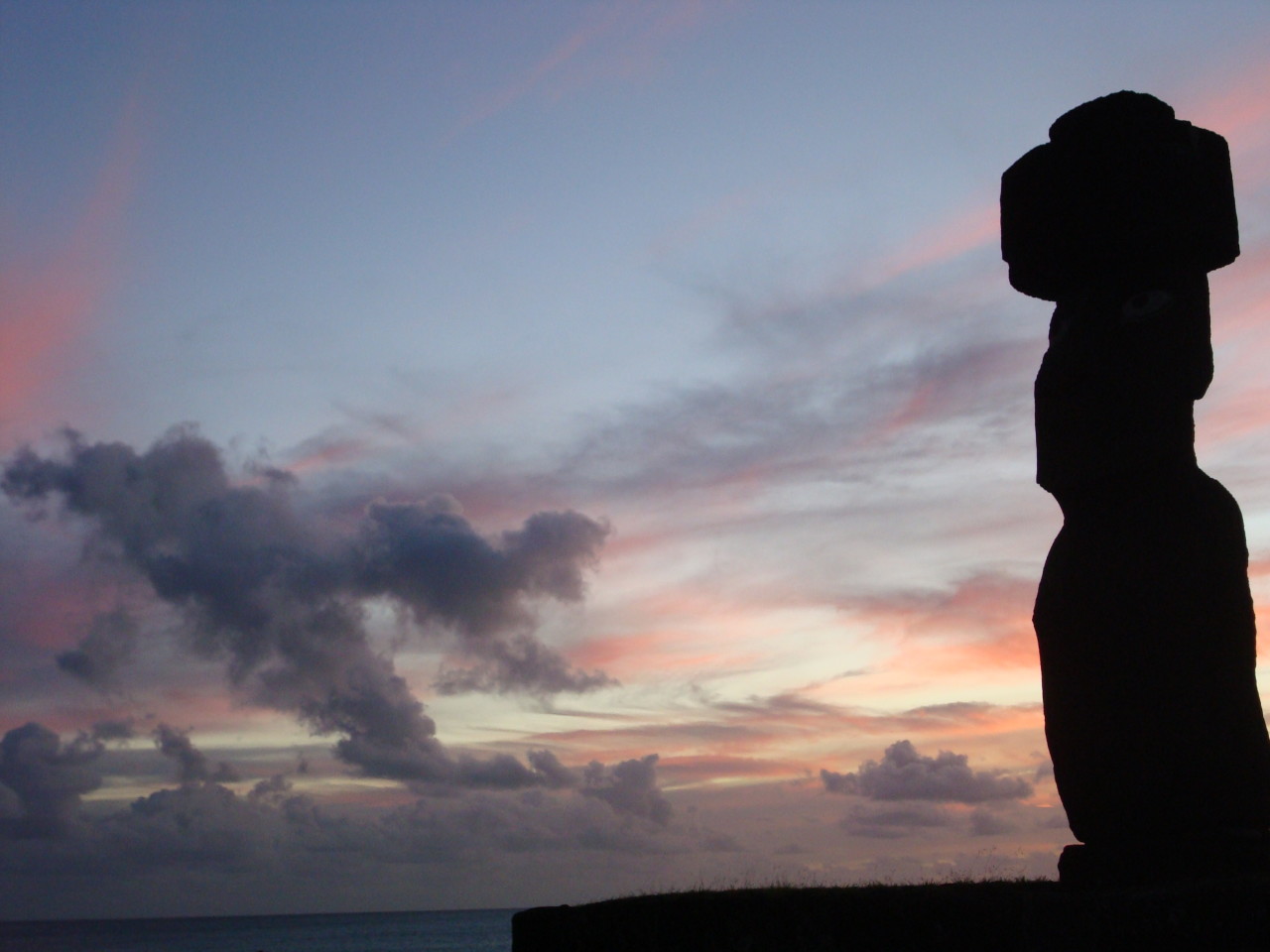

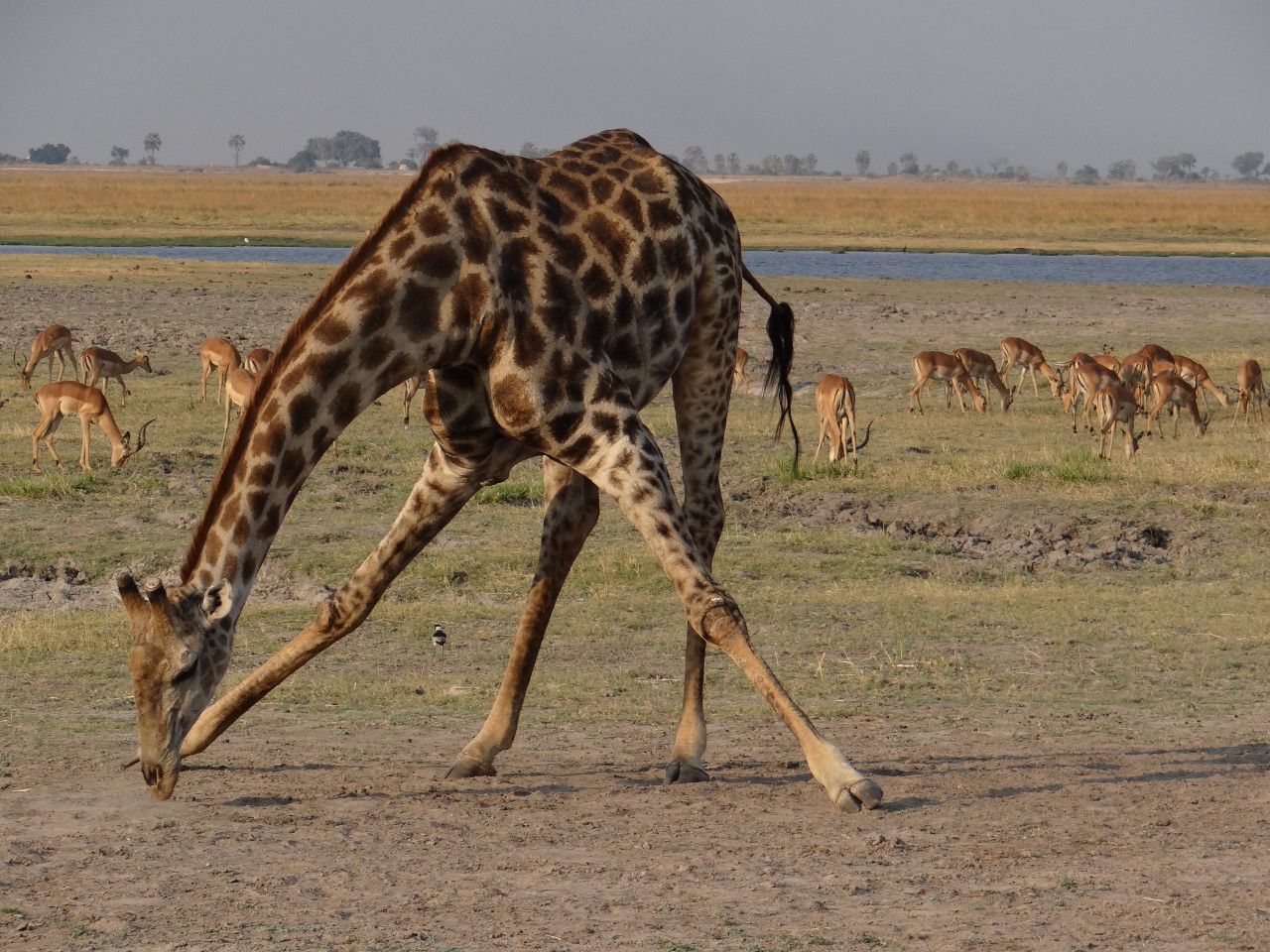
8 thoughts on “Easy Safari Photo Tips – The Art of Nature in Africa”
Wonderful photos! Wow!
It is fun to play with different perspectives and angles when taking pictures. Good reminders! Really like the couple silhouetted on Table Mountain. Thanks for sharing these Nat Geo tips :-).
Thanks for sharing the Nat Geo tips, I’ve always wanted to attend one of their seminars.I love the lioness photo.
Thanks Brianna, I do love the lioness photo as well – it was just a reminder how the animals are trained not to fear the trucks and people inside. If the seminars are near you, I do recommend them, despite lecture format, I did find it helpful and reassuring.
Comments are closed.